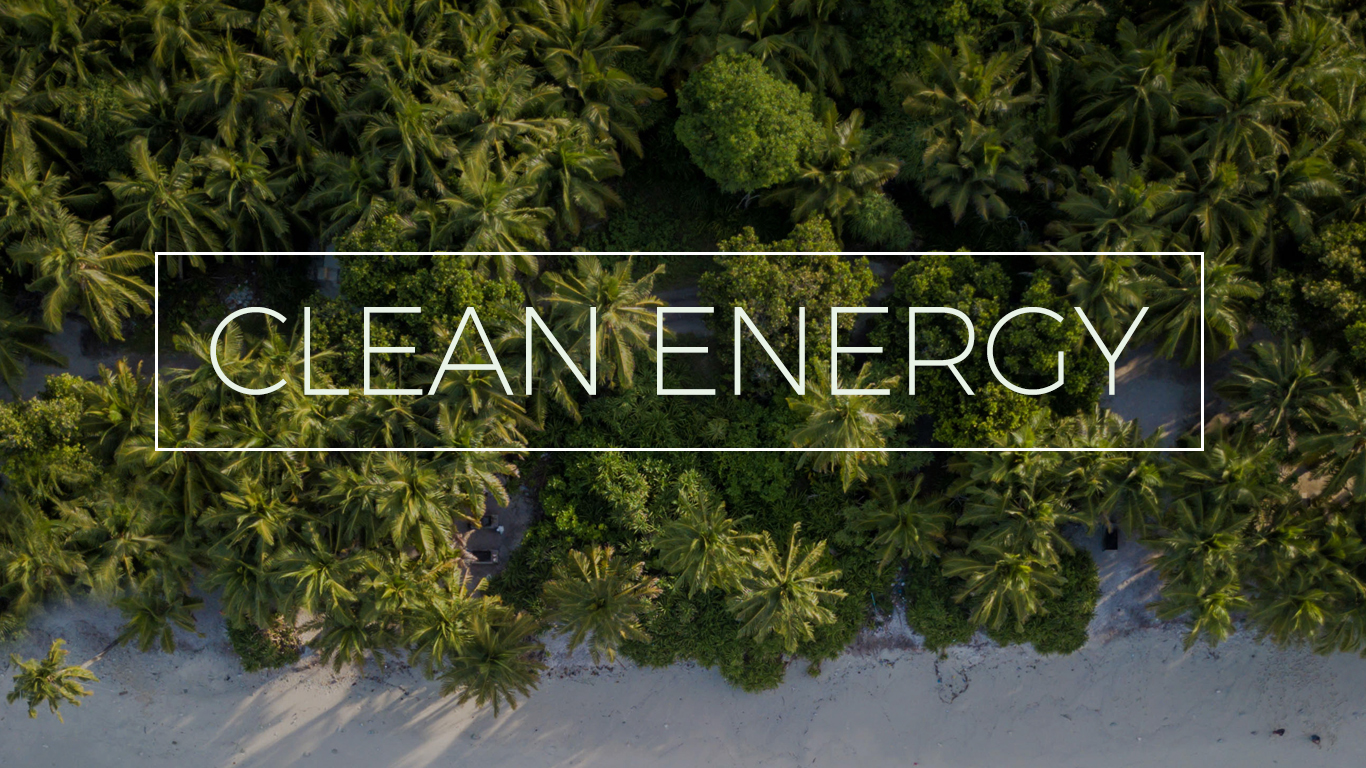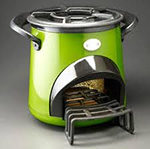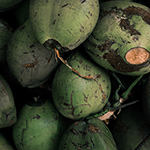
The coconut crop is an energy crop and a food crop. Its potential is unutilized, allowing for huge capacity gains and improvements to human health, global energy and climate change outcomes.
Not only is the husk, shell and tree trunk available for energy conversion, the coconut palm has one of the largest leaves in the plant world at 6.1m long. Due to the lack of replanting the latent energy potential from so many existing non-bearing and senile trees is enormous. The world’s first 10 MW coconut tree waste biomass power plant was recently commissioned in India.
The amount of energy available from shell and husk is so large as to merit further studies of these energy sources, especially when aligned with global climate change and poverty alleviation projects such as the Clean Cookstoves Alliance.
Coconuts charcoal has highly desirable characteristics as a clean cook stoves fuel source. It is clean burning (non-smoky) when burned, is not subject to organic decay, and is a highly concentrated form of energy. Coconut shell in raw form has a heating value of 5,535 kcal/kg, however, charcoal made from Coconut shell has a heating value of 7,200 kcal/kg.
The energy inventory of the coconut shows that the husk, not only constitutes the largest component of the nut (33.3%) but also the greatest contributor of energy at over 40% of the total energy value of the coconut. Carbonization of coconut shell may yield 32.5% charcoal. The non-condensable gases may be used as gaseous fuel at 16.2% of the weight of the shell. The process of charcoaling concentrates the energy by removing extraneous materials leaving fixed carbon as the final product.
How the coconut plantation is an energy plantation:
- The tree is not harvested for biomass until the end of its productive life.
- The perennial energy harvest is husk, shell and leaf-petioles all are waste products.
- The energy harvest (shell, husk and petioles) is regular throughout the year; the supply of energy is uniform, month by month.
- The plantation is permanent and sustainable with re-planting at 35 year intervals.
- The energy-rich material is low cost yet has potential for high-value green products such as coconut shell charcoal briquettes and activated carbon.
- The leaves with petioles are harvestable for commercial fuel purposes. The production of these leaves by the tree is regular, the formation is certain and independent of nut production.
By visiting this page we hope you may wish to support these aims.
For more resources please download our Infographic and The Whole Nut and or visit;
http://cleancookstoves.org/partners/item/999/3119
The need: No one’s life should be limited by how they cook. Yet globally, three billion people depend on polluting open fires and inefficient stoves to cook their food, harming health, livelihoods, and the environment. Women and girls, who often spend hours cooking and collecting fuels, are disproportionately affected. http://cleancookingalliance.org/







